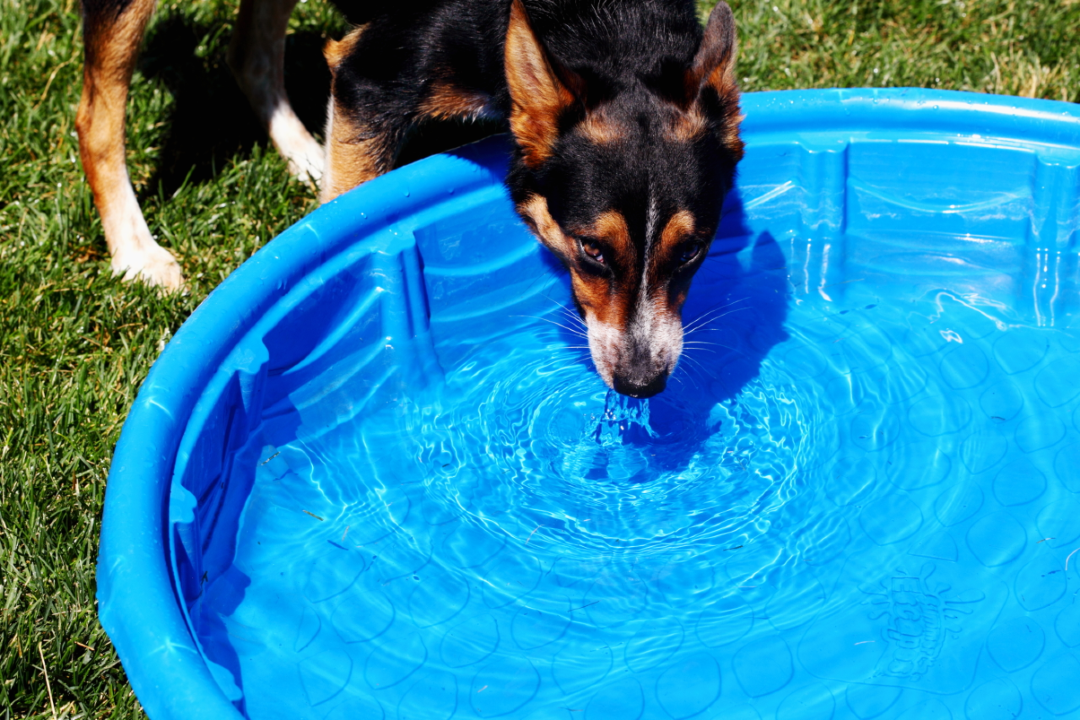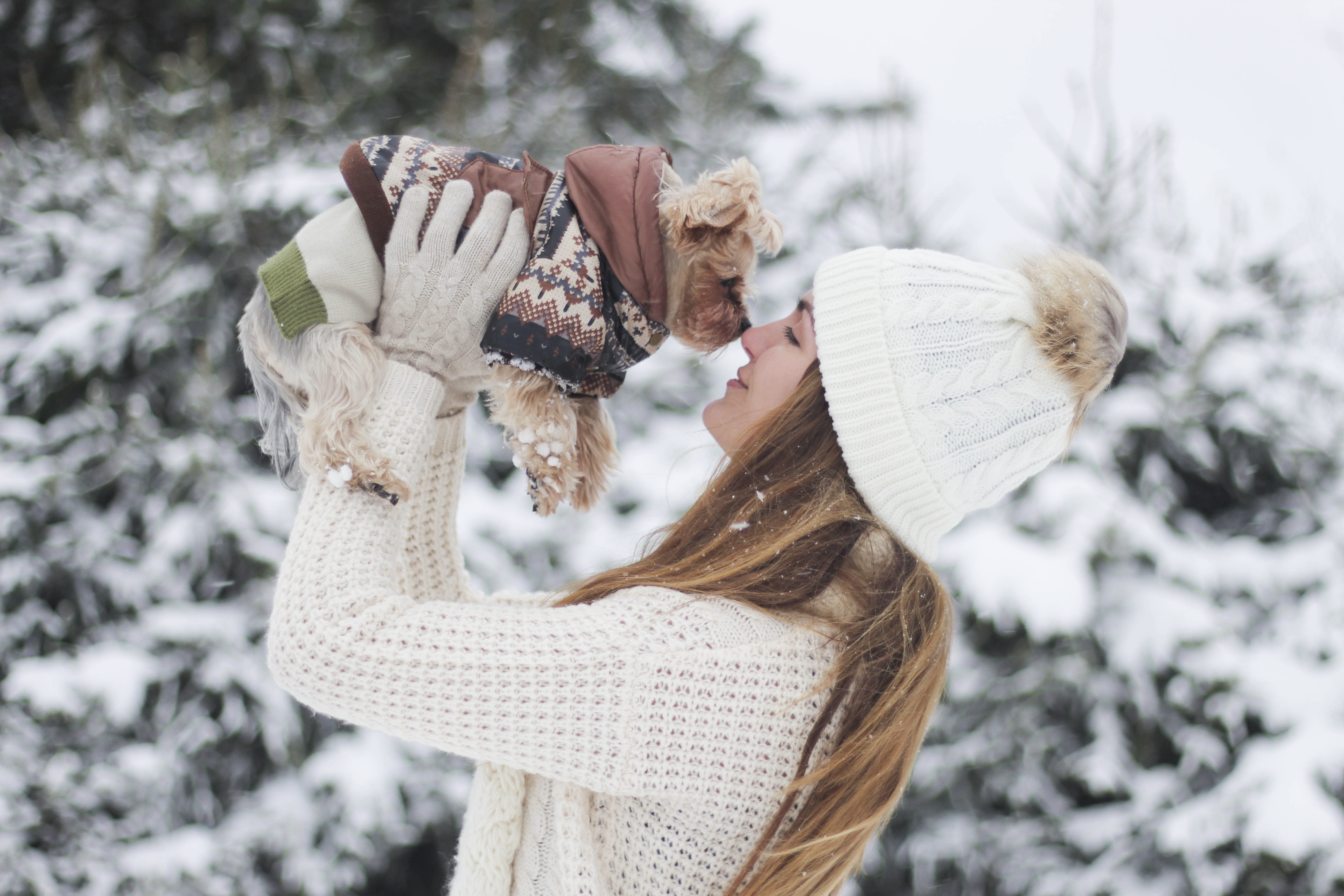Blog
Summer is officially here in West Michigan, meaning the warm days we’ve been experiencing lately are here to stay for a while. After spending the winter months cooped up, we’re ready to get outside with our families...and our pets! Here are some tips for ensuring your dog or cat has the best summer ever!
As the country copes with the COVID-19 pandemic, Americans are finding themselves confined at home all day, often without much to do and wishing they had something different to occupy their time.
For some, the solution is finally adding a new family member: adoptions of new puppies or rescue dogs have skyrocketed since the advent of stay-at-home orders throughout the United States. Others have found it rewarding to provide a temporary home for a shelter dog by fostering.
Most people are aware that leaving a pet in a car on a hot day is a deadly mistake. But what isn’t as widely known is how dangerous cold temperatures can also be for pets. In the wintertime it’s tempting to let your dog outside to enjoy all the freedom your underground fencing has to offer them, knowing they won’t overheat. There’s no question that certain breeds of dogs are especially fond of running and playing in the snow. It’s also true that long periods of exposure to sub-freezing temperatures is hazardous to all domestic pets, from Huskies to Dachshunds.
The unfortunate reality for pet owners in West Michigan is that, even though the fall season just kicked off, it’s never too early to start thinking about snow. You might not know when the white stuff will start to fly — you just know it’s going to happen eventually.
Thanks to the convenience and effectiveness of underground pet safety systems, your dog might be spending a lot more time outdoors than they once did. The pet fence provides a peace of mind for owners to let their dogs roam free without worry that they will wander off.
There is little to no doubt that underground pet safety systems are highly effective in keeping your dog or dogs contained on your property. As a service provider for some of the highest quality pet safety systems, we can attest to this effectiveness.
A propensity to dig is one of the more annoying and destructive traits you will find in dogs. Some canines dig holes for the fun of it while others furiously attempt to tunnel under fencing so they can escape the property.
Underground pet safety systems are effective on all different types of properties — from homes in suburban neighborhoods to rural farms and lakeside cottages. In our last blog post, we discussed the unique risks and challenges that come with housing dogs on large, sprawling rural properties.
Whether you live on a large, sprawling plot of rural land or are sandwiched in the middle of a crowded subdivision, you still need to find an effective way of keeping your dog on your own premises and stop it from wandering off.





